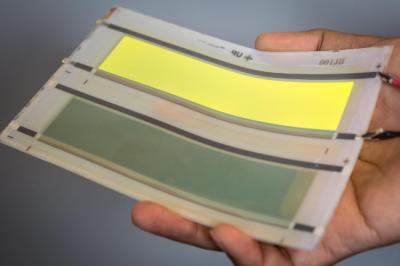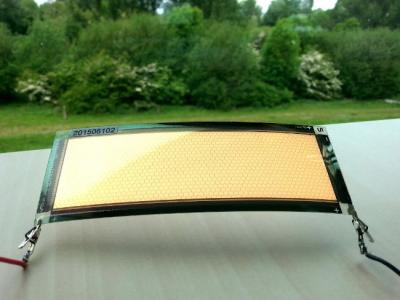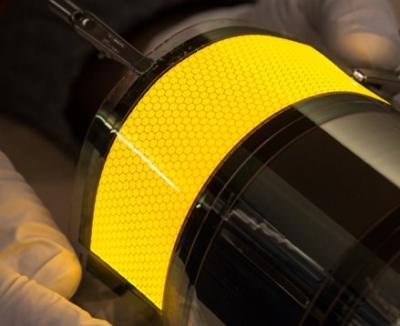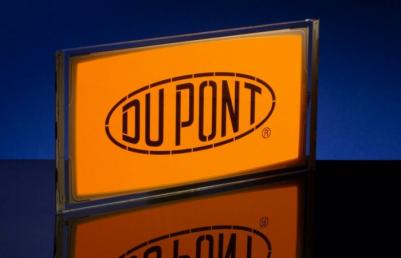The Holst Centre demonstrate the world's first OLED on a ceramic substrate
The Holst Centre, in collaboration with US-based ultra-thin ceramics supplier ENrG have managed to produce a flexible OLED lighting panel on a 20-40 um thick ceramic substrate. The researchers at the Holst Centre say that a ceramic substrate offers an excellent barrier, is easy to handle and can withstand the high temperatures used in display backplane manufacturing processes.

The Holst presented the 12 x 2.5 cm prototype OLED lighting panel that you see above. A ceramic substrate can withstand temperatures up to 1000 Celsius - and can be made partially transparent. This could prove to be an interesting alternative to plastic and metal substrates.










